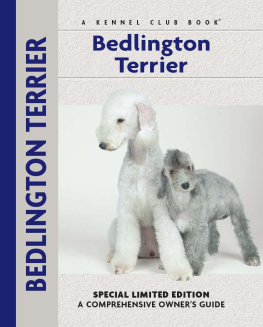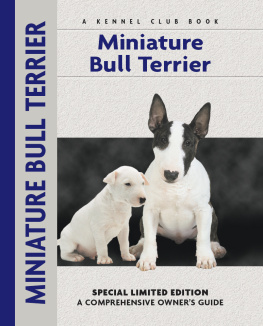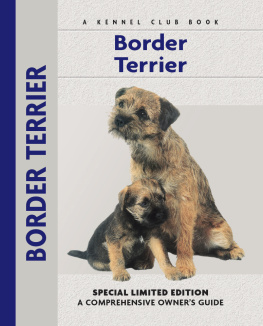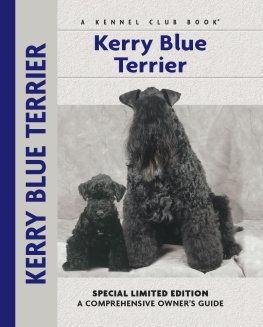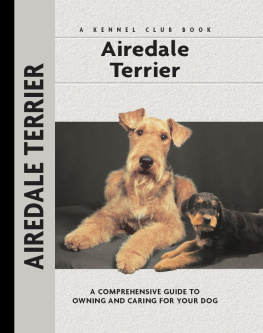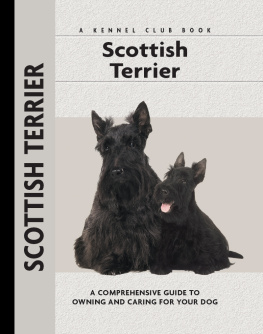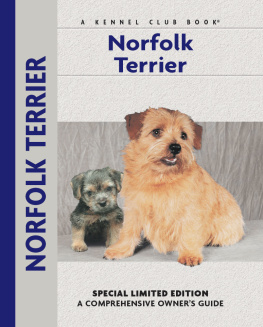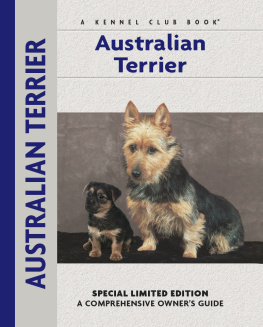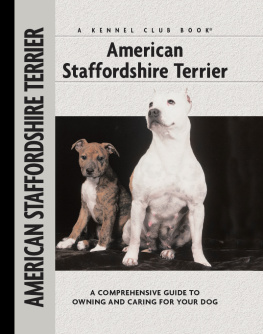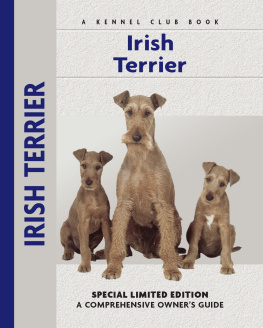Physical Characteristics of the Bedlington Terrier
(from the American Kennel Club breed standard)
Head: Narrow, but deep and rounded. Shorter in skull and longer in jaw. Covered with a profuse topknot...highest at the crown, and tapering gradually to just back of the nose.
Eyes: Almond-shaped, small, bright and well sunk. Set is oblique and fairly high on the head.
Nose: Nostrils large and well defined.
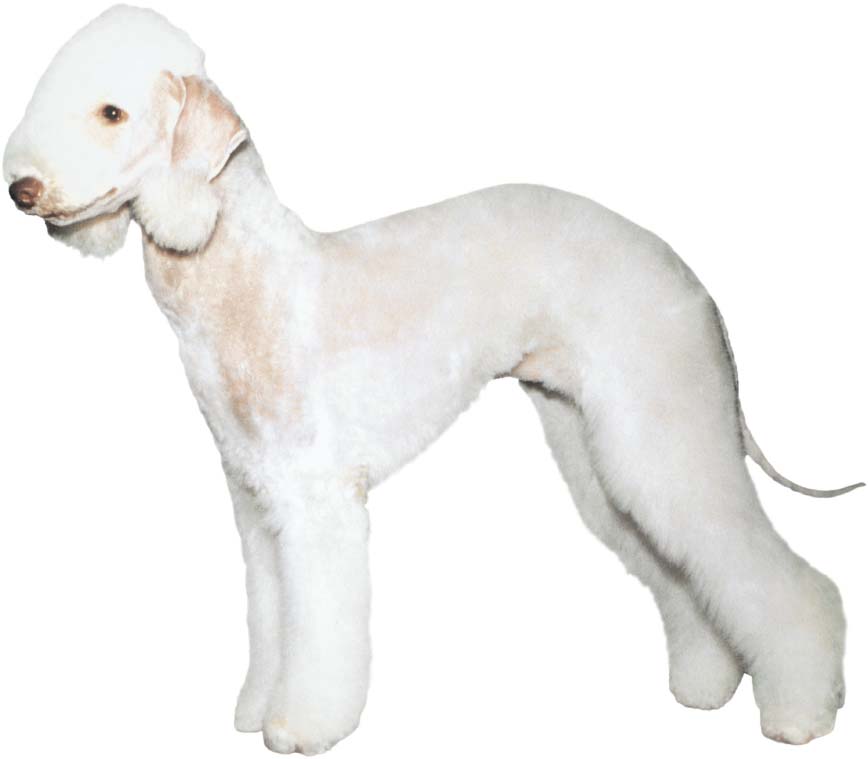
Ears: Triangular with rounded tips. Set on low and hanging flat to the cheek in front with a slight projection at the base.
Neck and Shoulders: Long, tapering neck with no throatiness, deep at the base and rising well up from the shoulders which are flat. The head is carried high.
Jaws: Long and tapering. Strong muzzle well filled up with bone beneath the eye.
Chest: Deep. Flat-ribbed and deep through the brisket, which reaches to the elbows.
Color: Blue, sandy, liver, blue and tan, sandy and tan, liver and tan. In bi-colors the tan markings are found on the legs, chest, under the tail, inside the hindquarters and over each eye. The topknots of all adults should be lighter than the body color.
Body: Muscular and markedly flexible.
Back: Good natural arch over the loin, creating a definite tuck-up of the underline. Body slightly greater in length than height.
Tail: Set low, scimitar-shaped, thick at the root and tapering to a point which reaches the hock.
Coat: A very distinctive mixture of hard and soft hair standing well out from the skin. Crisp to the touch but not wiry, having a tendency to curl, especially on the head and face.
Height: The preferred Bedlington Terrier dog measures 16.5 inches at the withers, the bitch 15.5 inches.
Weight: To be proportionate to height within the range of 17 to 23 pounds.
Legs and Feet: Lithe and muscular. The hind legs are longer than the forelegs, which are straight and wider apart at the chest than at the feet. Long hare feet with thick, well-closed-up, smooth pads. Dewclaws should be removed.

Contents

Unearth the fascinating origins of the Bedlington Terrier, originally called the Rothbury Terrier of the Border Counties, as a gypsy dog to miners and tinkers, to a hard-as-nails ratter and fighter, to its modern-day role as a companion and show dog in its British homeland, the US and beyond.
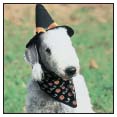
Find out what lies beneath the Bedlington Terriers lamb-like appearance and you will discover a talented, versatile and athletic canine companion whose diminutive size and woolly resemblance are somewhat deceiving. The Bedlington is no softie, but rather a hard-working, instinctive terrier who can earn his keep, protect the children or entertain the household, as the task demands.
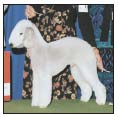
Learn the requirements of a well-bred Bedlington Terrier by studying the description of the breed set forth in the American Kennel Club standard. Both show dogs and pets must possess key characteristics as outlined in the breed standard.
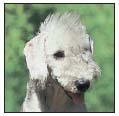
Find out about how to locate a well-bred Bedlington Terrier puppy. Discover which questions to ask the breeder and what to expect when visiting the litter. Prepare for your puppy-accessory shopping spree. Also discussed are home safety, the first trip to the vet, socialization and solving basic puppy problems.
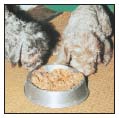
Cover the specifics of taking care of your Bedlington Terrier every day: feeding for the puppy, adult and senior dog; grooming, including coat care, ears, eyes, nails and bathing; and exercise for your dog. Also discussed are doggie ID and safe car travel.

Begin with the basics of training the puppy and adult dog. Learn the principles of house-training the Bedlington Terrier, including the use of crates and basic scent instincts. Get started by introducing the pup to his collar and leash and progress to the basic commands. Find out about obedience classes and other activities.
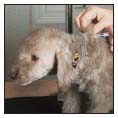
By Lowell Ackerman DVM, DACVD
Become your dogs healthcare advocate and a well-educated canine keeper. Select a skilled and able veterinarian. Discuss pet insurance, vaccinations and infectious diseases, the neuter/spay decision and a sensible, effective plan for parasite control, including fleas, ticks and worms.
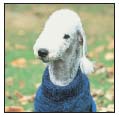
Know when to consider your Bedlington Terrier a senior and what special needs he will have. Learn to recognize the signs of aging in terms of physical and behavioral traits and what your vet can do to optimize your dogs golden years.
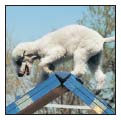
Step into the center ring and find out about the world of showing pure-bred dogs. Heres how to get started in AKC shows, how they are organized and whats required for your dog to become a champion. Take a leap into the realms of obedience trials, agility trials, earthdog events and more.
K ENNEL C LUB B OOKS B EDLINGTON T ERRIER
ISBN 13: 978-1-59378-296-2
eISBN 13: 978-1-62187-037-1
Copyright 2006 Kennel Club Books An Imprint of I-5 Press A Division of I-5 Publishing, LLC
3 Burroughs, Irvine, CA 92618 USA
Cover Design Patented: US 6,435,559 B2 Printed in South Korea
All rights reserved. No part of this book may be reproduced in any form, by photostat, scanner, microfilm, xerography or any other means, or incorporated into any information retrieval system, electronic or mechanical, without the written permission of the copyright owner.
10 9 8 7 6 5 4 3 2 1
Photography by David Dalton, Isabelle Franais, Carol Ann Johnson, Karen Taylor, Michael Trafford and Alice van Kempen
with additional photographs by:
Ashbey Photography, Norvia Behling, Mary Bloom, Booth Photography, Paulette Braun, Alan and Sandy Carey, Nolan Conley, Cook Photography, Cott/Francis Photography, Dean Photography, Gilbert Photography, Graham Photography, Chris Halvorson, Bill Jonas and Missy Yuhl.
Illustrations by Rnee Low and Patricia Peters.
The publisher wishes to thank all of the owners whose dogs are illustrated in this book, including Valerie Armstead, Ronnie Armstead-Williams, Capstone Bedlingtons, Shirley Davies, Mary Jo Dunn, Linda Freeman, Lucy Heyman, Candace Sandfort and Peggy M. Schulman.
Next page
